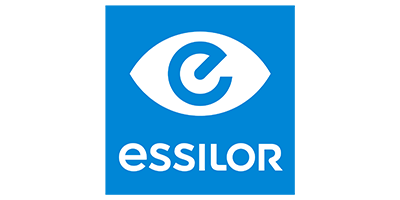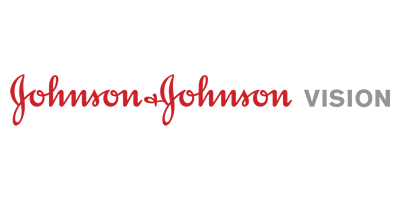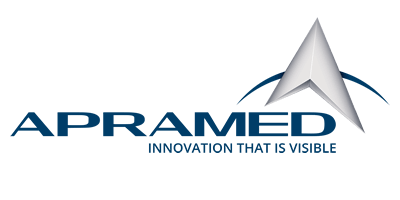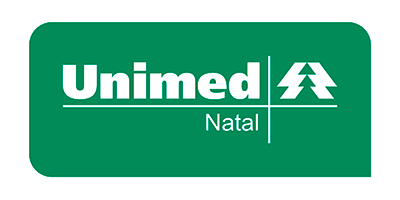
Sessão de Relato de Caso
Código
TL12
Área Técnica
Oftalmopediatria
Instituição onde foi realizado o trabalho
- Principal: Universidade Federal de São Paulo (UNIFESP)
Autores
- MARIANA DAVI (Interesse Comercial: NÃO)
- Ana Carolina Sarmento Barros Carneiro (Interesse Comercial: NÃO)
- Marcia Caires Bestilleiro Lopes (Interesse Comercial: NÃO)
- Aline Carvalho Ribeiro (Interesse Comercial: NÃO)
- André Leite Silva (Interesse Comercial: NÃO)
- Carolina Pelegrini Gracitelli (Interesse Comercial: NÃO)
- Mauro Silveira de Queiroz Campos (Interesse Comercial: NÃO)
- Célia Regina Nakanami (Interesse Comercial: NÃO)
Título
ASSESSING SATISFACTION USING NET PROMOTER SCORE IN INFANTILE LOW VISION CONSULTATIONS: IN-PERSON VERSUS TELEMEDICINE
Objetivo
The purpose of the study is to evaluate the implementation of “Net Promoter Score” (NPS) as a global rate to assess the satisfaction of patients with low vision in two different scenarios (in-person vs. telemedicine) in a public health service.
Método
This was a prospective cross-sectional study that included 265 satisfaction consultations of patients who underwent multidisciplinary healthcare appointments in-person or telemedicine in Infantile Low Vision division of Federal University of Sao Paulo from March/20 until April/21. At the end of the appointment day, the guardian received the NPS questions. The responses were segmented between ‘promoters’ (9 or 10), ‘passives’ (7 or 8) or ‘detractors’ (6 or below). The NPS was calculated disregarding ‘passives’ and by subtracting the proportion of ‘detractors’ from the proportion of ‘promoters’. The final score is shown as an integer, not a percentage, from -100 to +100. The analysis was completed with a qualitative question regarding the reasons for the responses.
Resultado
The mean age of the entire sample was 3.3 years-old and 56% were male. The most prevalent race was white (50%) followed by mixed race (24%). The NPS rate response was 75 % in overall, with 70.7 % in in-person and 82.2% in telemedicine. The NPS final score was +81.7 in in-person and +96.9 in telemedicine. Overall rate of response in qualitative NPS was 60%.
Conclusão
The NPS is a widely used global rating due to its ease of implementation and simple metric. In our study we concluded that it is applicable in the population of a public service with a very reasonable rate of response. The NPS result was satisfactory in both groups: telemedicine and in-person. The high score could be related with the qualitative responses that highlighted how attentive the consultations were in both scenarios. Based on the satisfactory response of telemedicine consultations we can infer that there is a good patient`s acceptance and therefore a valuable option for multidisciplinary healthcare.
















